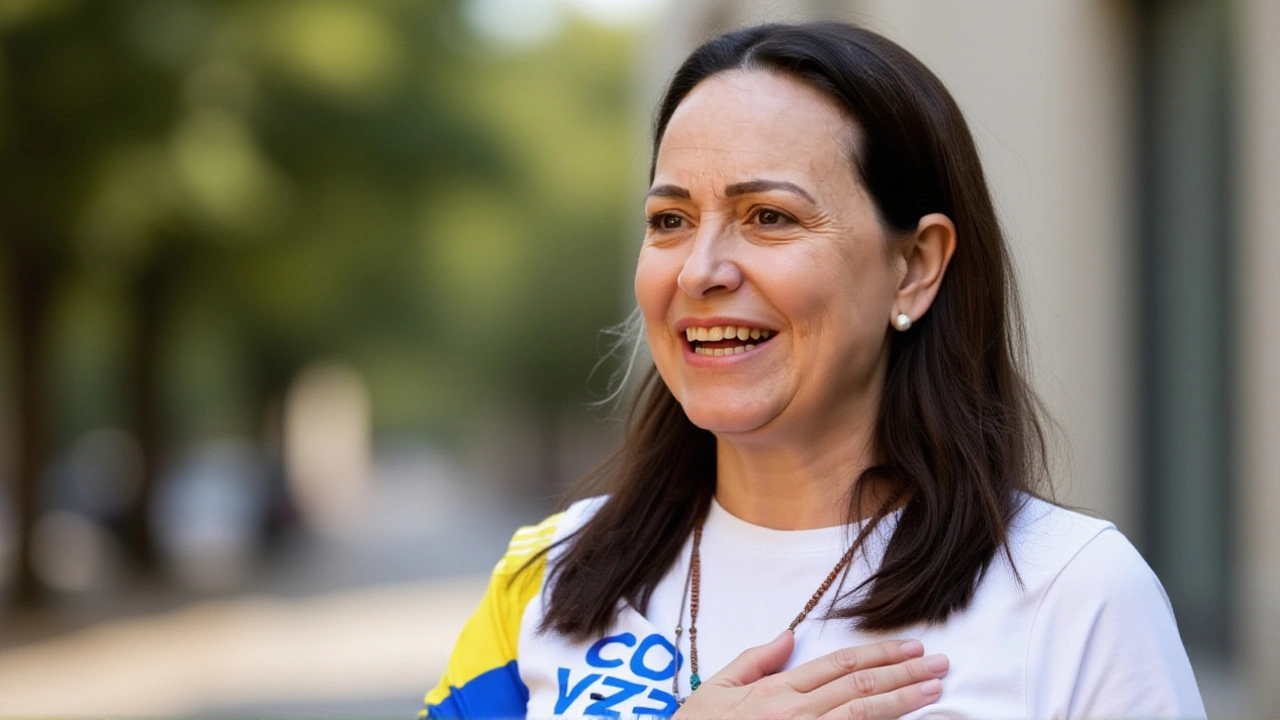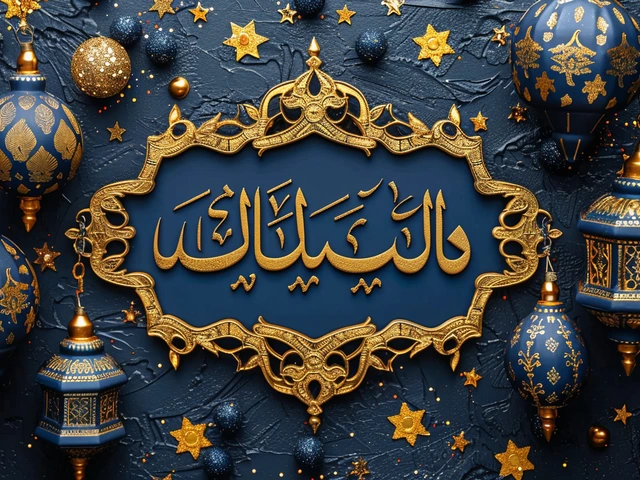Oslo ceremony: definition, purpose and key connections
When talking about the Oslo ceremony, the annual event in Norway that marks the presentation of the Nobel Peace Prize and hosts related diplomatic gatherings. Also known as Nobel Peace Prize ceremony, it brings together laureates, world leaders and activists to celebrate peace achievements.
The Nobel Peace Prize, an international award given each December for notable contributions to peace is the centerpiece of the Oslo ceremony. The prize influences global peace initiatives, shapes public discourse and often sparks new diplomatic efforts. In other words, the Oslo ceremony encompasses the Nobel Peace Prize and amplifies its impact worldwide.
Another critical element is the diplomatic summit, high‑level meetings that happen alongside the ceremony, where governments discuss conflict resolution and cooperation. These summits require participation from heads of state, UN officials and NGOs, making the Oslo ceremony a hub for international dialogue. The diplomatic summit influences the ceremony by providing a platform for immediate policy announcements.
Beyond the Nobel award and summit, the Oslo ceremony also ties into broader peace talks and human‑rights recognitions. Peace talks often culminate in statements delivered during the ceremony, while human‑rights awards may be presented to activists sharing the stage. This network of events creates a semantic chain: Oslo ceremony → diplomatic summit → peace talks → human‑rights awards, each reinforcing the other.
Why the Oslo ceremony matters for global audiences
For journalists, analysts and everyday readers, understanding the Oslo ceremony unlocks insight into how peace narratives are shaped. The ceremony acts as a barometer for international sentiment; when a controversial figure receives the Nobel Peace Prize, the surrounding diplomatic summit usually reflects heightened tensions or hopeful breakthroughs. This relationship means the Oslo ceremony serves as both a celebration and a catalyst for policy change.
In practical terms, the ceremony offers a snapshot of current geopolitical priorities. Observers can track which regions receive more attention, which conflicts are highlighted, and how NGOs position themselves on the world stage. The event also sets the agenda for upcoming UN assemblies and regional conferences, showing that the Oslo ceremony is more than a ceremony—it is a strategic timeline marker.
Our collection of articles below mirrors this diversity. You’ll find pieces on political scandals, sports triumphs, economic analyses and cultural events—all of which may intersect with the themes highlighted by the Oslo ceremony, such as leadership accountability, international cooperation, and the role of awards in shaping public opinion.
Whether you’re looking for a quick briefing on the Nobel Peace Prize, an analysis of recent diplomatic summits, or a broader view of how peace talks evolve, the Oslo ceremony provides a unifying reference point. Below, the curated posts give you real‑world examples of how these concepts play out across Africa and beyond, offering a richer perspective on the global landscape surrounding the ceremony.

Venezuelan Opposition Leader María Corina Machado Wins 2025 Nobel Peace Prize
María Corina Machado, famed Venezuelan opposition leader, wins the 2025 Nobel Peace Prize, spotlighting the country's fight for democracy.
Categories
- Sports (145)
- Politics (22)
- Entertainment (20)
- World (15)
- News (10)
- Lifestyle (8)
- Business (6)
- Technology (3)
- Health (3)
- Environment (2)
Popular Articles



